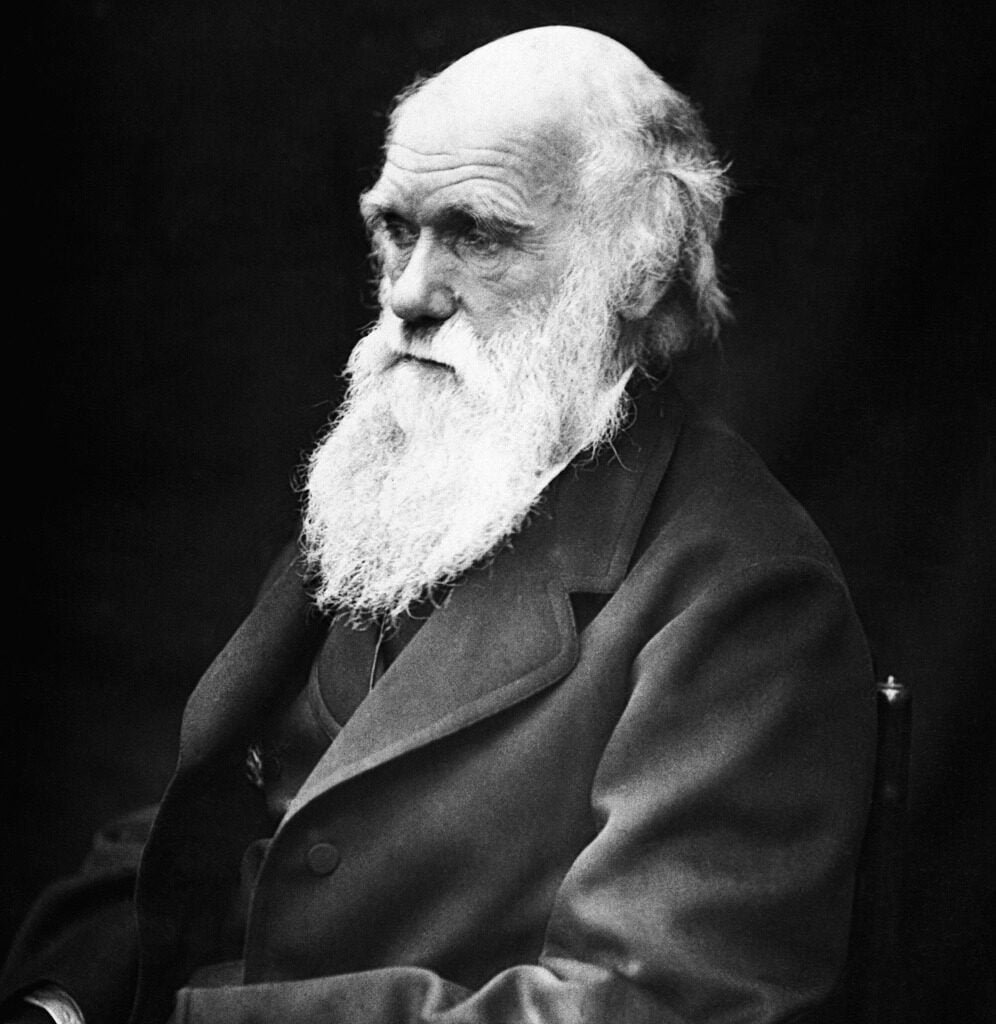In this article, you will discover the fascinating journey of wearable technology, as it transitions from being primarily focused on fitness tracking to becoming an essential tool in the healthcare industry. From the early days of simple step counters, to the advent of smartwatches capable of monitoring heart health and tracking sleep patterns, wearable technology has come a long way. With advancements in sensors and connectivity, these devices have now become indispensable in monitoring and managing chronic conditions, improving patient outcomes, and revolutionizing the way healthcare professionals deliver care. Get ready to explore how wearable technology is shaping the future of healthcare, bringing convenience, efficiency, and personalized care right to your fingertips.

History of Wearable Technology
Wearable technology has come a long way since its early days of development. From its humble beginnings as simple gadgets designed to enhance convenience, to its present-day integration in various healthcare applications, the journey of wearable technology is nothing short of fascinating.
Early Innovations
The very first wearable devices were created to serve a practical purpose. The wristwatch, arguably the first wearable technology, was invented in the late 19th century to provide people with a more convenient and portable way to keep track of time. This invention paved the way for future innovations in wearable technology, as people began to recognize the potential for devices that could be worn on the body.
Emergence of Fitness Trackers
In the early 2000s, fitness trackers emerged as one of the first mainstream wearable devices. These devices initially focused on providing users with basic fitness tracking features, such as step counts and calories burned. Aimed at encouraging exercise and healthier lifestyles, fitness trackers gained popularity among fitness enthusiasts and health-conscious individuals.
Expansion into Healthcare
As wearable technology continued to evolve, it began to make inroads into the healthcare industry. With advancements in sensor technology and data analysis, wearable devices started to incorporate healthcare-focused features. This shift allowed users to monitor vital signs, detect early signs of medical conditions, and even manage pain and rehabilitation.
Advancements in Fitness Wearable Technology
Fitness wearable technology has seen significant advancements in recent years, providing users with an array of exciting features and functionalities.
Basic Fitness Tracking Features
Modern fitness wearables offer a wide range of basic tracking features, including step counting, distance measuring, and calorie tracking. These features provide users with valuable insights into their daily activities and help them stay motivated to achieve their fitness goals.
Integration of Heart Rate Monitoring
Heart rate monitoring has become a key feature in many fitness wearables. By continuously tracking heart rate, users can gauge the intensity of their workouts and ensure they are exercising within their desired heart rate zones. This information is crucial for optimizing workouts and improving overall cardiovascular health.
Sleep Tracking and Analysis
Understanding the quality and duration of sleep is essential for maintaining good health. Many fitness wearables now offer sleep tracking capabilities, allowing users to monitor their sleep patterns and analyze factors that may impact their sleep quality. By identifying any issues, individuals can take steps to improve their sleep habits and enhance their overall well-being.
Multi-Sport and GPS Tracking
With the integration of GPS technology, fitness wearables can now track activities beyond traditional walking and running. Whether it be cycling, swimming, or even hiking, these devices accurately measure performance metrics, such as speed, distance, and elevation, providing users with a comprehensive overview of their workouts.
Real-time Coaching and Feedback
In recent years, fitness wearables have started to incorporate real-time coaching and feedback features. Through audio cues or visual prompts, these devices can guide users during their workouts, ensuring they maintain proper form and intensity. This technology enables users to maximize their exercise routines and improve their overall fitness levels.

Integration of Healthcare Features
As wearable technology expands into the healthcare sector, it brings with it a host of innovative features that have the potential to revolutionize the way we manage our health.
Monitoring Vital Signs
One of the most significant advancements in healthcare wearables is the ability to monitor vital signs continuously. With built-in sensors, these devices can measure parameters such as heart rate, blood pressure, and oxygen saturation levels, providing valuable data for both patients and healthcare professionals.
Early Detection of Medical Conditions
Wearables equipped with advanced sensors and algorithms can detect early signs of medical conditions, such as irregular heart rhythms or abnormal glucose levels. By notifying users of any abnormalities, individuals can seek timely medical attention, potentially preventing serious health complications.
Remote Patient Monitoring
Wearable devices enable remote patient monitoring, allowing healthcare providers to remotely track and analyze patients’ health data. This technology is particularly advantageous for individuals with chronic conditions who require continuous monitoring and regular follow-ups. By eliminating the need for frequent hospital visits, wearable technology improves access to healthcare and enhances patient convenience.
Pain Management and Rehabilitation
Incorporating wearable devices into pain management and rehabilitation programs has shown promising results. These devices can deliver targeted therapies, track patients’ progress, and provide feedback to both patients and healthcare professionals. By actively involving patients in their own recovery process, wearables offer a more personalized and effective approach to pain management and rehabilitation.
Wearable Technology in Medical Research
Wearable technology has also found valuable applications in medical research, contributing to the advancement of healthcare as a whole.
Collecting Large-scale Data
The widespread adoption of wearable devices has facilitated the collection of vast amounts of data. Researchers can access real-time data from a diverse population, allowing them to gain insights into various health conditions and behaviors. This data-driven approach enhances research capabilities and enables researchers to identify trends and patterns that were previously difficult to uncover.
Improving Clinical Trials
Wearable technology has the potential to revolutionize the way clinical trials are conducted. By utilizing wearables, researchers can collect objective and real-time data, reducing reliance on self-reported information. This results in more accurate and reliable outcomes, enabling researchers to make informed decisions regarding treatment effectiveness and drug development.
Enabling Personalized Medicine
With the integration of wearable devices, healthcare is shifting towards a more personalized approach. The wealth of data collected by wearables allows healthcare providers to understand their patients’ unique health profiles, leading to tailored treatment plans and interventions. Personalized medicine promises to optimize patient outcomes, improve treatment adherence, and ultimately revolutionize the healthcare industry.

Challenges and Limitations
While wearable technology holds immense potential in the healthcare industry, it also faces several challenges and limitations that must be addressed.
Privacy and Data Security Concerns
As wearable devices collect sensitive health data, ensuring the privacy and security of this information is paramount. Data breaches and unauthorized access pose significant risks and can erode public trust in wearable technology. Appropriate safeguards and regulations must be implemented to protect user data and maintain privacy.
Reliability and Accuracy of Data
The accuracy and reliability of data generated by wearable devices are crucial for their successful integration into healthcare. Ensuring that these devices provide accurate measurements and precise analytics is essential for making informed clinical decisions. Continuous monitoring, calibration, and rigorous testing are necessary to address any potential inaccuracies.
Regulatory and Ethical Considerations
The rapid evolution of wearable technology has outpaced regulatory frameworks and ethical guidelines. Clear regulations and ethical standards need to be established to ensure the safe and ethical use of wearable devices in healthcare. Guidelines should address issues such as data ownership, informed consent, and the responsible use of artificial intelligence algorithms.
Future Possibilities and Trends
The future of wearable technology in healthcare is exceptionally promising, with numerous possibilities and trends on the horizon.
Wearable Devices as Health Predictors
Advancements in wearable sensors and machine learning algorithms hold the potential for wearable devices to predict and detect health issues even before symptoms manifest. By continuously monitoring vital signs and analyzing patterns in data, wearables can provide early warnings for conditions such as heart attacks or respiratory diseases, enabling timely intervention and improved outcomes.
Incorporation of Artificial Intelligence
Artificial intelligence (AI) algorithms are increasingly being integrated into wearable devices, enhancing their capabilities and functionality. AI can analyze complex datasets, identify trends, and provide personalized insights based on individual health data. This integration enables wearables to deliver more accurate and tailored recommendations, ultimately improving patient outcomes.
Augmented Reality in Healthcare
As augmented reality (AR) technology advances, its integration with wearable devices opens up new possibilities in healthcare. AR can assist healthcare professionals during surgical procedures, provide real-time guidance for patients with chronic conditions, and enhance healthcare training and education. AR-enabled wearables have the potential to revolutionize how medical information is accessed and applied.
Implantable and Smart Clothing
The future of wearable technology may involve implantable devices and smart clothing that seamlessly integrate with the human body. Implantable devices could provide continuous monitoring of vital signs and deliver targeted therapies from within. Smart clothing could have embedded sensors to collect a wide range of health data, making wearables even more inconspicuous and unobtrusive.
In conclusion, the evolution of wearable technology has brought about remarkable advancements in the fields of fitness and healthcare. From basic fitness trackers to sophisticated healthcare devices, wearables have revolutionized the way we monitor our health and manage medical conditions. With ongoing innovations and the incorporation of artificial intelligence, the future possibilities for wearable technology in healthcare are boundless. However, it is important to address challenges related to privacy, data security, and regulatory considerations for wearable technology to truly realize its transformative potential in the healthcare industry.




